Rising prominently above the Bay Area and Central Valley, Mount Diablo is considered the creation point for the native Miwok people. In fact, just about every one of the 25 independent tribal groups who lived within sight of Mount Diablo would traditionally climb to the summit to conduct ritual ceremonies. Today, Mount Diablo State Park’s extensive system of trails and fire roads allow visitors to make a similar trek up the north side of Mount Diablo while avoiding the congestion that typically characterizes south side approaches.
Departing from Mitchell Canyon Visitor Center, the most aesthetic route follows the Eagle Peak Loop Trail to Eagle Peak before continuing on the Bald Ridge and North Peak trails. Along the way hikers can enjoy the transition from low-lying grasslands and chaparral landscapes to the higher altitude thickets of foothill pine. Commonly seen animals include coyote, bobcat, black-tailed deer, California ground squirrels, fox squirrels and grey foxes. Less common wildlife sightings include the reintroduced peregrine falcon, ringtail cats, and mountain lions.
After approximately 6.8 miles the route reaches Mount Diablo Summit, where it converges with Summit Road and the legions of visitors who drive or bike directly to the top. Views from the summit can reach west to the Farallon Islands beyond the Golden Gate Bridge, north to Mount Lassen in the Cascades, east to the crest of the Sierra Nevada (including Half Dome on a good day), and south to Mount Loma Prieta in the Santa Cruz Mountains. Summer days are sometimes hazy, and the best viewing is often on the day after a winter storm.
While there are multiple possible descents, the most direct follows the Juniper Trail past the Juniper Campground to the Deer Flat and Mitchell Canyon fire roads. Besides providing a more direct descent, these roads also provide great opportunities for paragliding and mountain biking. Mitchell Canyon Fire Road terminates back at the Mitchell Canyon Visitor Center.


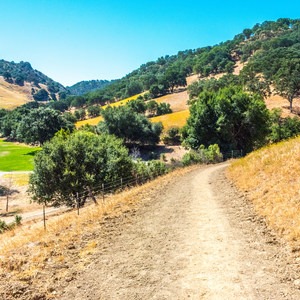
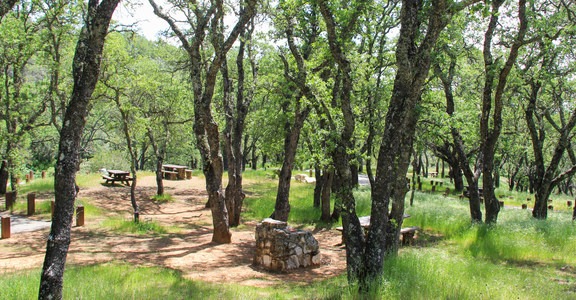
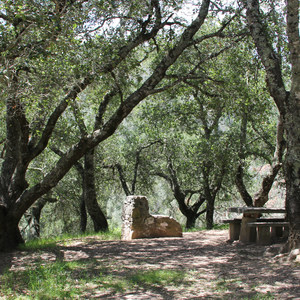
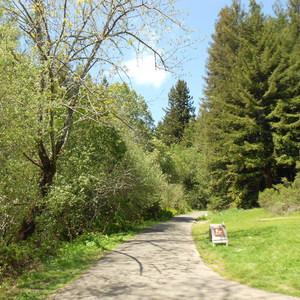
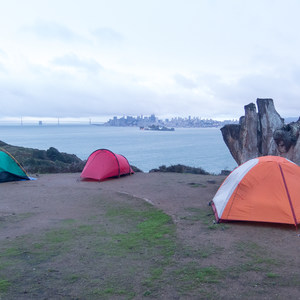



Comments
Sign In and share them.